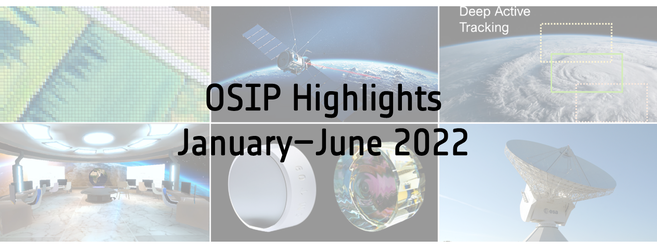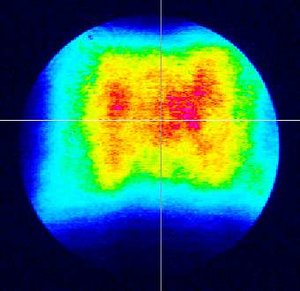

New materials for laser supermirrors
Thank you for liking
You have already liked this page, you can only like it once!
Many of today's most precise measurement methods, such as atomic clocks, rely on ultra-stable laser sources. But the mirrors currently used in modern systems that are used to control the laser still limit the laser's stability.
Mirrors created using layers of semiconductors can perform up to ten times better for ultra-stable laser systems using a laser wavelength in the near infrared. These 'supermirrors' have already been implemented in an ongoing ESA project, and meet the requirements of upcoming ESA missions such as LISA.
However, these state-of-the-art semiconductor coatings absorb an increasing amount of the laser light for wavelengths below 870 nm, and so are currently limited to the longer-wavelength infrared lasers.
"We are working to extend the wavelength range of semiconductor mirror coatings into the visible region by investigating new combinations of semiconductor materials and optimising their absorption and scattering characteristics for red light," says Roman Bek, from Twenty-One Semiconductors in Germany.
"The funding from ESA Discovery has allowed us to explore an even more challenging wavelength domain which is of key importance for the implementation of optical frequency standards. These devices are based on quantum forbidden transitions which lie in the visible part of the electromagnetic spectrum, achieving orders of magnitude enhancement in performance over the ubiquitous radio frequency (non-optical) transitions."
For ESA, "this activity meets the strategic needs and goals of future missions in Earth science (MAGIC), telecommunications, navigation and future science applications such as AEDGE in the Voyage 2050 programme," says ESA laser and opto-electronics engineer Eamonn Murphy.
-
CREDIT
Twenty-One Semiconductors -
LICENCE
ESA Standard Licence

OSIP Highlights January–June 2022

High-power lasers go the distance

Laser pulse

X-raying the Universe

